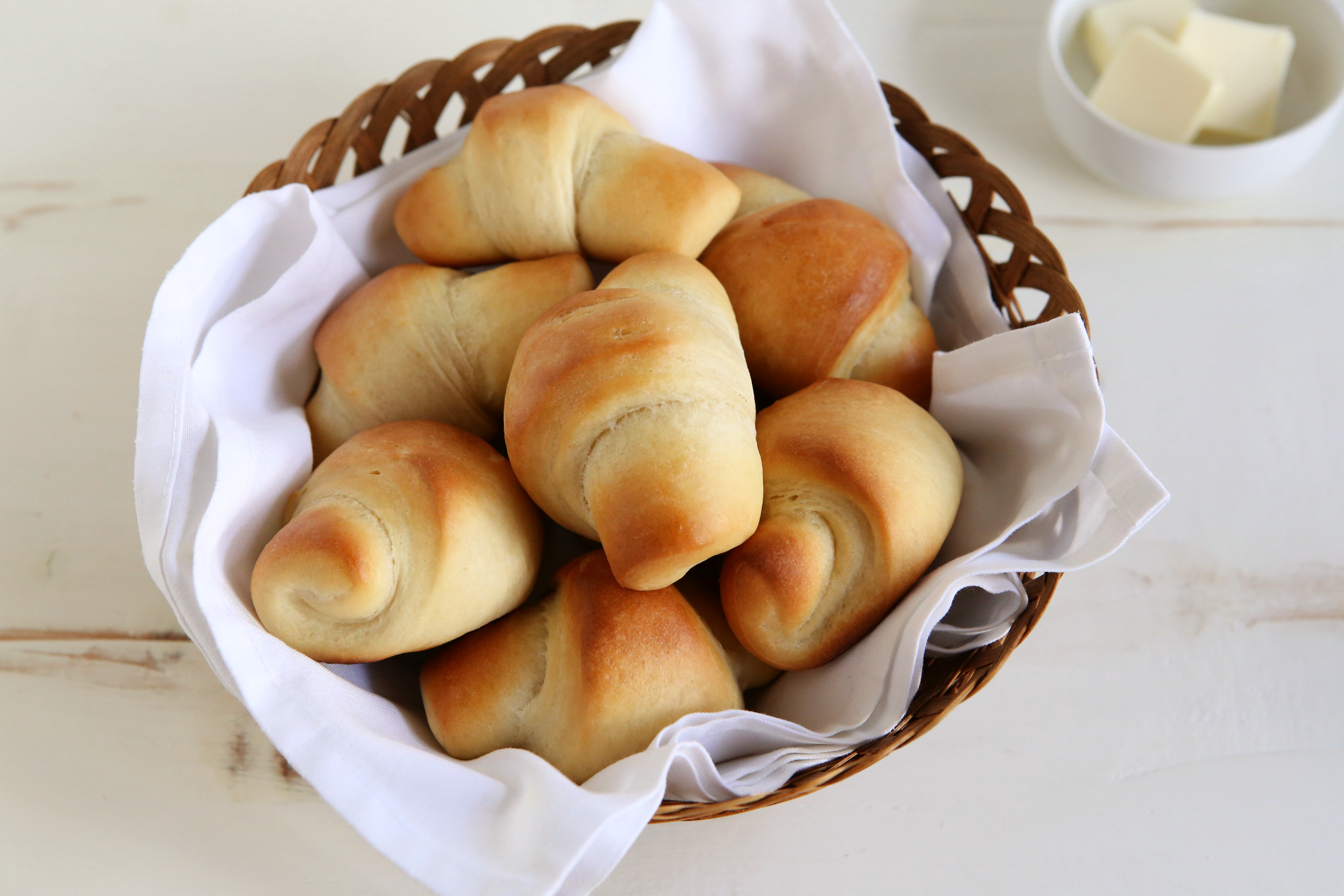Tips to Make the Best Croissants
Making croissants from home is certainly an advanced baking project. Follow these expert tips for bakery-ready croissants – No matter the croissant recipe. Croissants’ layers come from laminating the dough with real butter. Throughout this step, it’s essential to keep the dough and butter chilled so the layers stay together for a perfect bake. Butter also plays an important role during baking since it melts and gives off steam, which puffs up each thin layer for buttery, flaky croissants.
Get Started
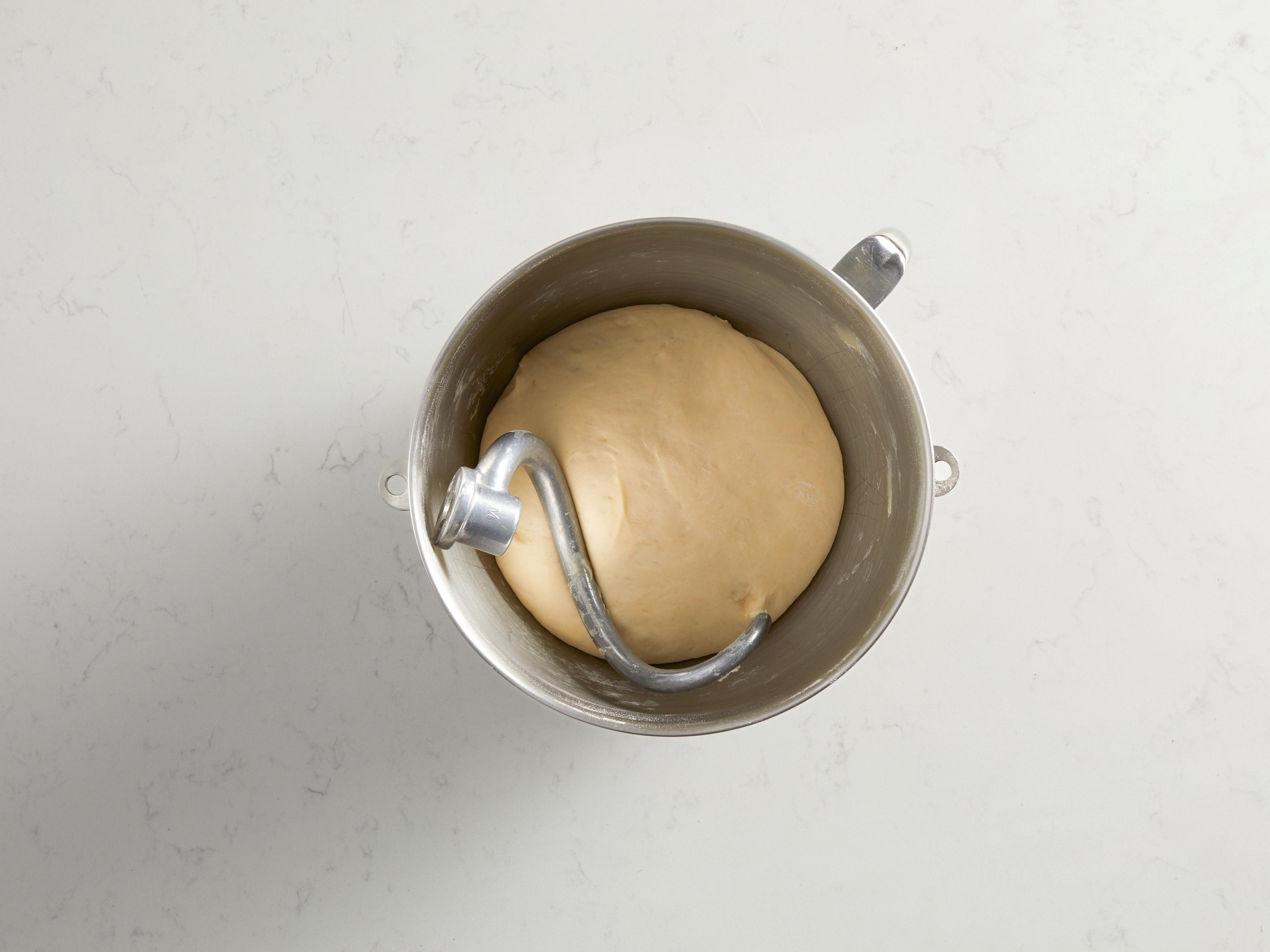
Tip 1: Make Dough
Using high-protein flour and yeast that is alive are crucial to getting the dough right. Combine ingredients – flour, yeast, sugar, salt, milk and water – in the bowl of stand mixer using a dough hook attachment. Important: Start this step 24 hours before serving, as the dough will need to ample time to chill and proof.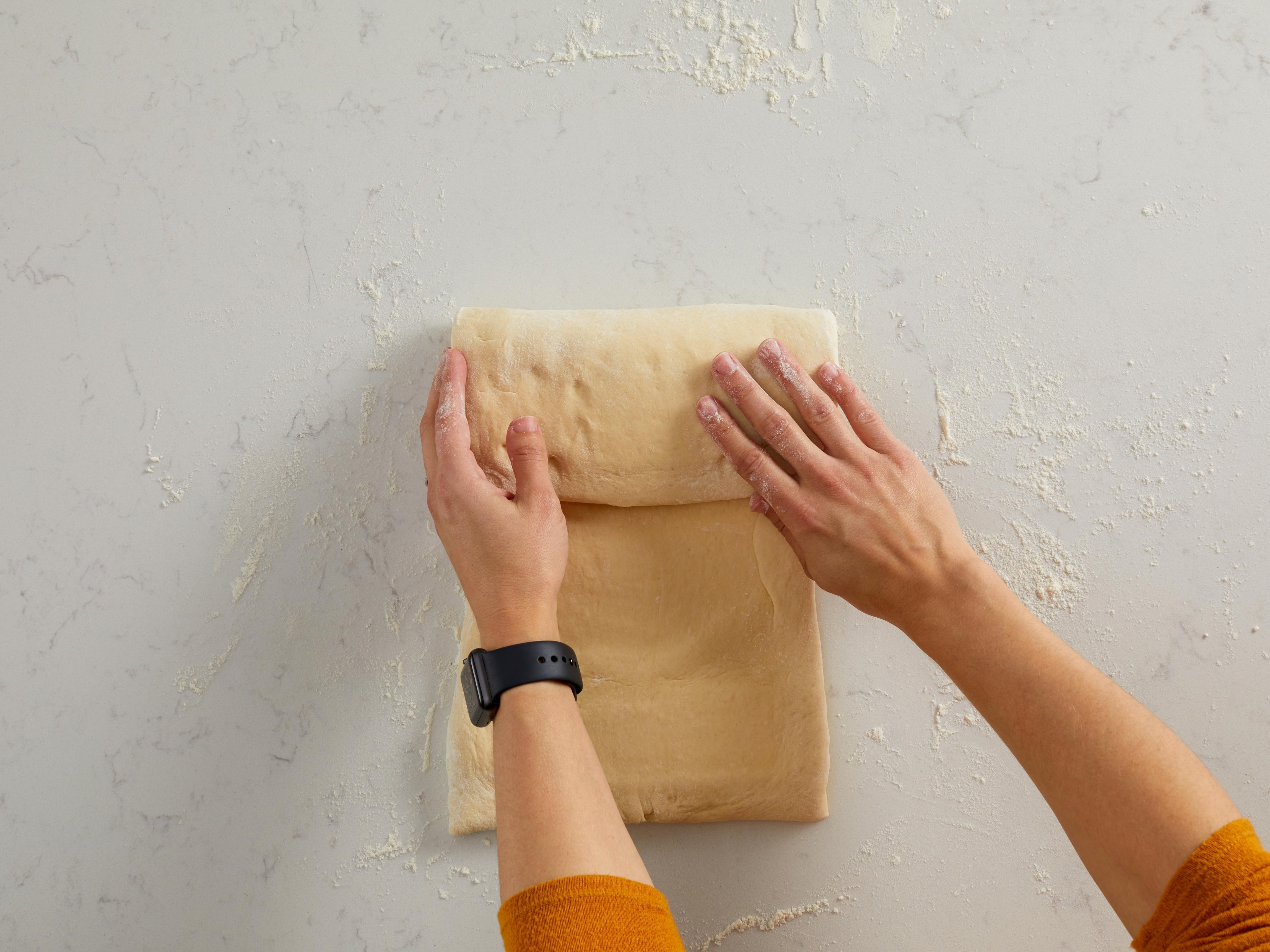
Tip 6: Roll, Fold & Chill
Take the farthest short edge of the rectangle from you and fold down to the midline of the dough. Gently press so the dough adheres together. Repeat on the other side, leaving a 1/8-inch-gap. You now have a “book” of dough that’s four layers thick. Tightly wrap in reserved plastic and freeze for 15 minutes, and then refrigerate for 1 hour. Repeat by rolling, folding and chilling for many layers.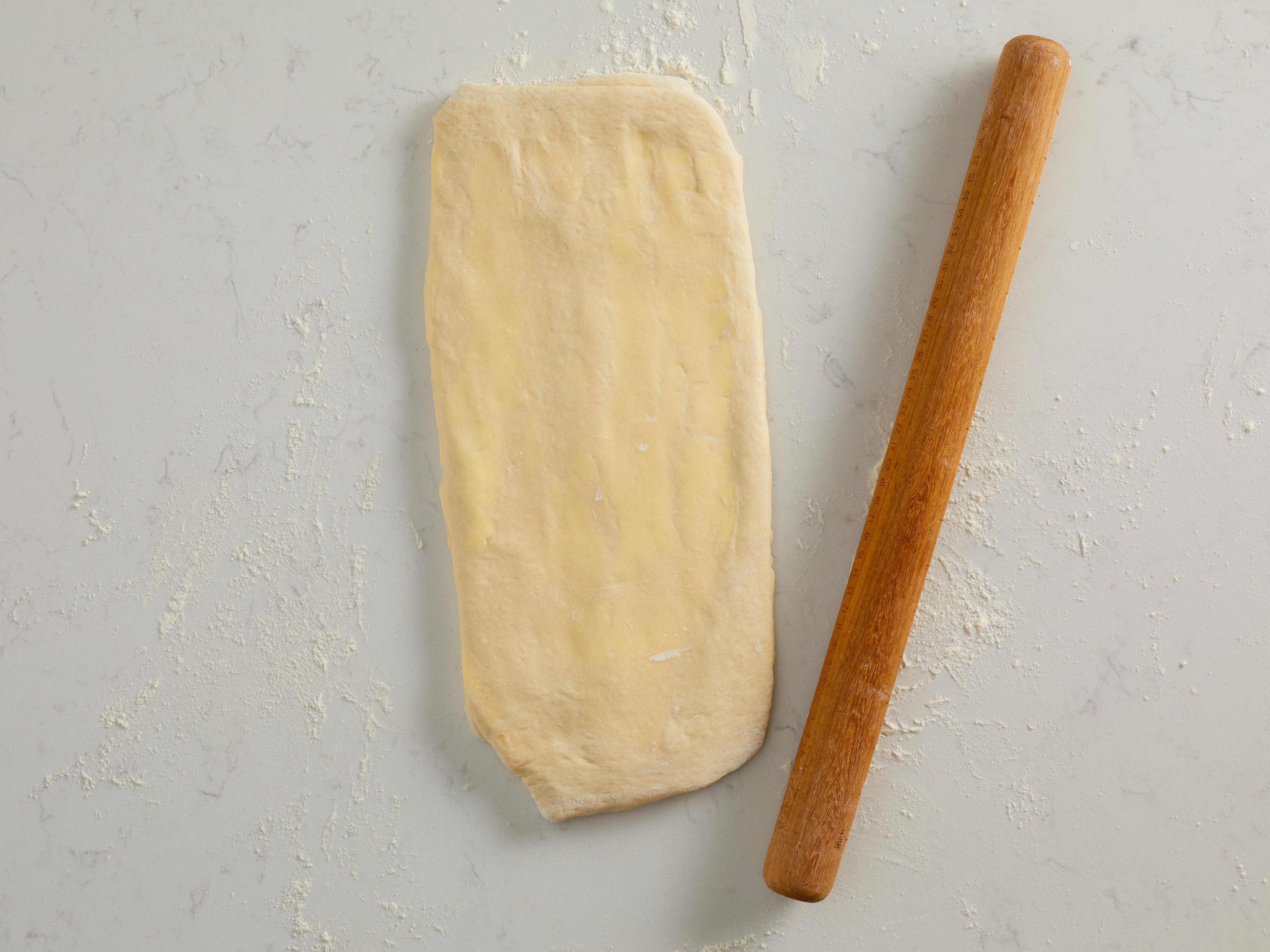
Tip 7: Let Dough Rest & Roll Out
Once dough has been laminated and chilled, let rest at room temperature, about 5 minutes. Unwrap and place on lightly floured counter. Beat and roll out dough into long rectangle. Place on baking sheet and wrap, freezing for 20 minutes, then chilling for 8 to 12 hours.
Tip 12: Bake & Enjoy
Before baking, chill proofed croissants for 20 minutes. Preheat oven to 375°F. Using a pastry brush, gently brush egg wash on each chilled croissant, avoiding cut sides that may have exposed layers of dough. Bake for 20 minutes. Rotate sheets, switch racks and bake for another 10 to 15 minutes. Let cool and enjoy!Stephen Maddox on Innovation and Leadership
Learn how a California dairy farmer uncovers sustainable solutions to lead the industry.Reviews & Tips
There are no reviews yet for this how-to. Be the first to write a review.
Write a Review

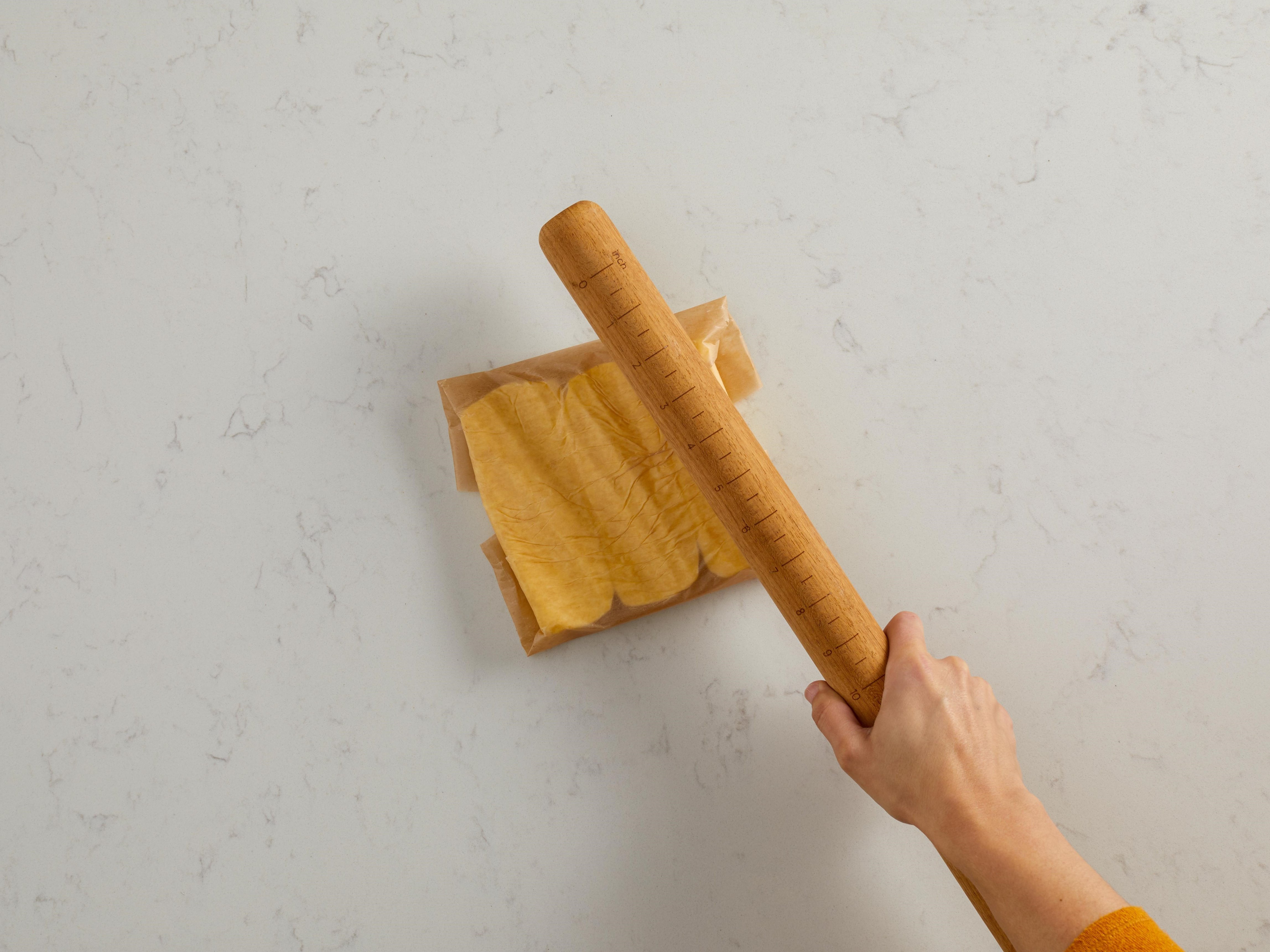



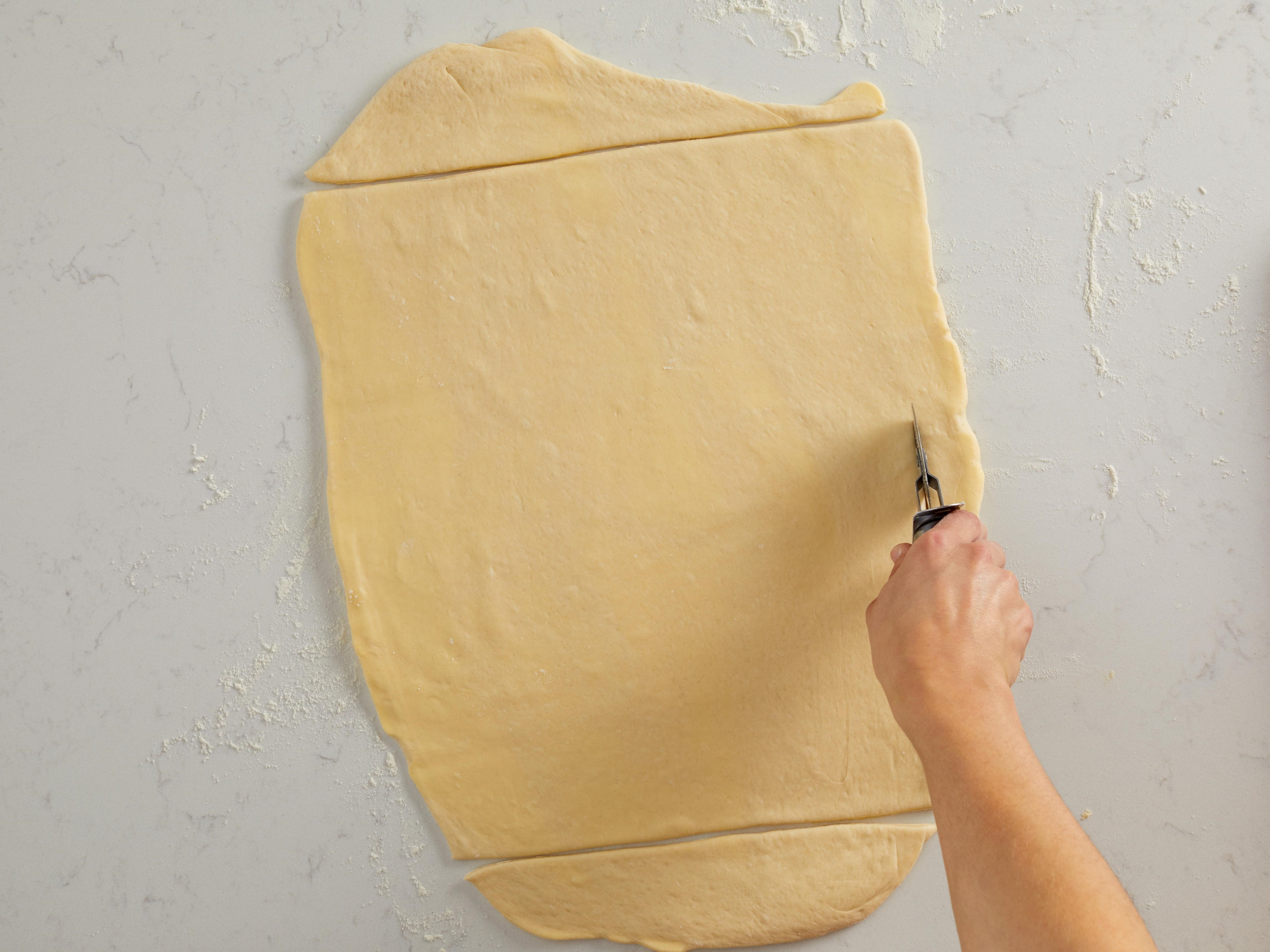

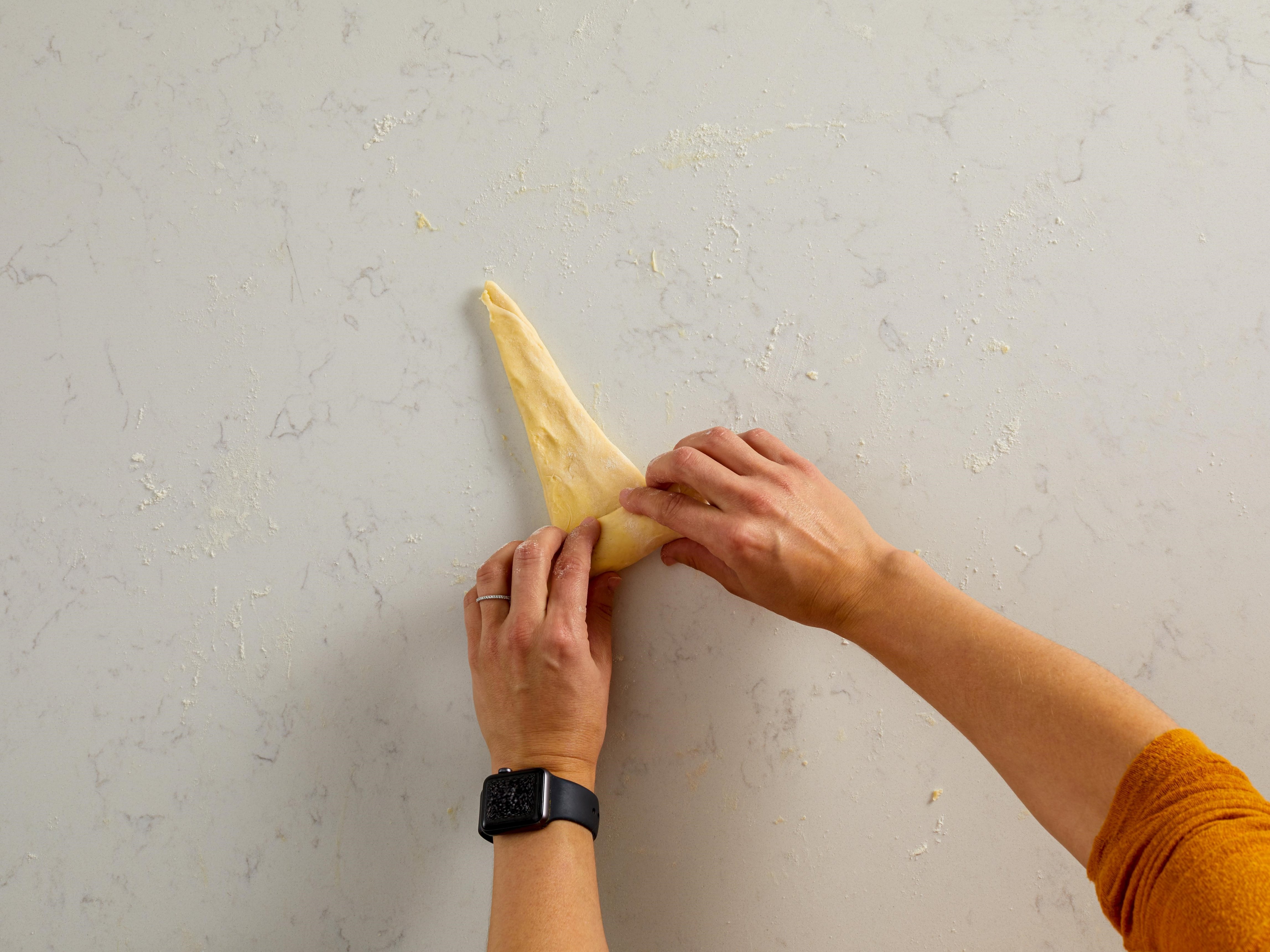

.png?ext=.png)

